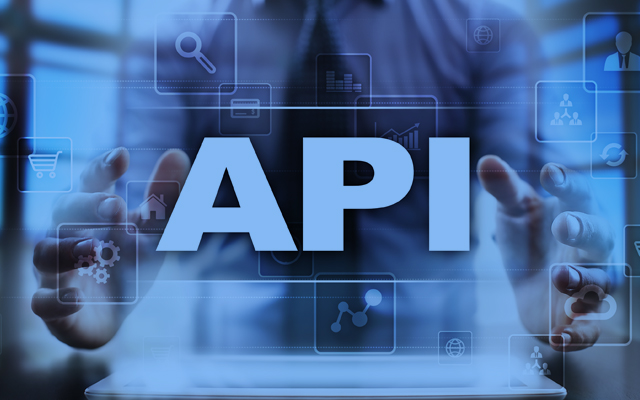
With the ubiquity of digitally offered services, enterprises are seizing every opportunity to enhance their software capabilities. To achieve this, enterprises must be able to:
These tasks are resource intensive and pose significant challenges to enterprises. Ideally, enterprises should concentrate resources on core business fields instead of duplicating the processes and functionalities of other organizations. Naturally, companies began looking for open-source software and software as a service (SaaS) models to implement proprietary features. However, increased learning costs and difficulties with operations and maintenance (O&M) often impede with implementation.
Because of these problems, third-party application program interfaces (API) has become increasingly popular for enterprises to quickly familiarize with third-party businesses and maximize profit at a low cost.
Despite the usefulness of a third-party APIs, but enterprises must choose from numerous API providers to fit their business requirements. Enterprises must consider the following constraints:
1.If an organization uses multiple API providers at the same time, multiple software development kits (SDKs) need to be introduced. This will bloat the enterprise application system and affect its performance.
2.Large scale comparisons and tests are required to finalize the technical model.
1.Finding APIs for various features is resource-intensive and time-consuming
2.Using multiple APIs requires communication, collaboration, and partnerships with multiple API providers.
To streamline this process, API services should be offered through an API market.
By establishing a market, API service providers can be audited thoroughly and consistently, ensuring service quality and shortening the API selection process.
Furthermore, it is possible for an enterprise to invoke only one SDK for all platforms to call the APIs purchased from the API market.
Finally, no pre-development costs are required, and the service is charged based on the number of calls, reducing operational costs.
Not all APIs are created equal. APIs should be tailored to your organization based on the following parameters:
An ideal API should be stable and optimize the performance of operations. The availability and specifications of all APIs in the API market are measured through audits. Since the auditing process is rigorous and objective, APIs available in the market are more reliable than those available on the internet.
Features that are relevant to the main business include those that can improve user experience or encourage users to use the feature. However, it is worth noting that having too much functionality can make the system overly complicated and intimidate customers.
Despite the previously stated benefits, the use of third-party APIs does introduce risks and challenges for enterprises.
Encryption of critical information is essential to ensure safe usage of APIs by other vendors. Enterprises should independently implement its primary business and ensure the safety of sensitive customer information. Such information should never be transmitted through unencrypted channels. Furthermore, enterprises should avoid using APIs from unknown sources and implement secondary authentication for critical operations.
No service can guarantee 100% availability, even if the service is independently developed. To ensure service availability, enterprises should use two or more service providers for each feature as backup. If one service provider suffers a fault, the business can immediately switch to the backup provider.
Customers have high demands for functionality while emphasizing on minimal delay. Since each user request will initiate a remote call, network delay cannot be allowed. To ensure a good customer experience, hotspot data should be cached effectively.
Third-party APIs bring significant convenience to enterprises but also lead to overused aesthetics. Hence using third-party APIs is advisable, but enterprises should innovate features to make their products stand out.
You can use a text message interface to implement text message notifications for user registration and other corresponding notifications. Additionally, you can integrate city information to this interface. The city information serves to not only provide weather forecasts but also to push corresponding city-specific service information based on user location, such as traffic control and promotions.
This article discusses the motivation and benefits of using third-party APIs for enterprises. Additionally, it looks at some of the challenges associated with the usage of third-party APIs, and the recommended measures to overcome these challenges.

2,599 posts | 765 followers
FollowAliware - October 20, 2020
rrravikumar - September 17, 2021
Data Geek - June 5, 2024
JDP - August 12, 2021
Alibaba Clouder - August 21, 2019
Alibaba Clouder - April 7, 2021

2,599 posts | 765 followers
Follow OpenAPI Explorer
OpenAPI Explorer
OpenAPI Explorer allows you to call an API through its web interface or WebCLI, and view the entire process.
Learn More API Gateway
API Gateway
API Gateway provides you with high-performance and high-availability API hosting services to deploy and release your APIs on Alibaba Cloud products.
Learn More EMAS HTTPDNS
EMAS HTTPDNS
EMAS HTTPDNS is a domain name resolution service for mobile clients. It features anti-hijacking, high accuracy, and low latency.
Learn MoreMore Posts by Alibaba Clouder